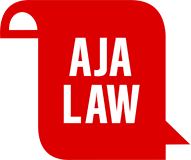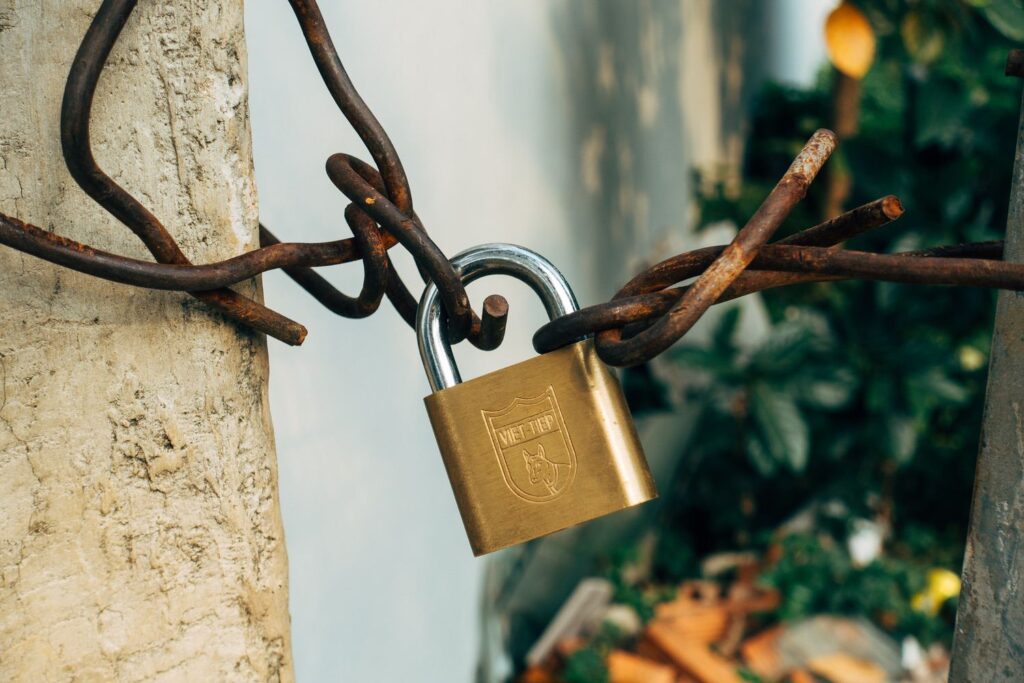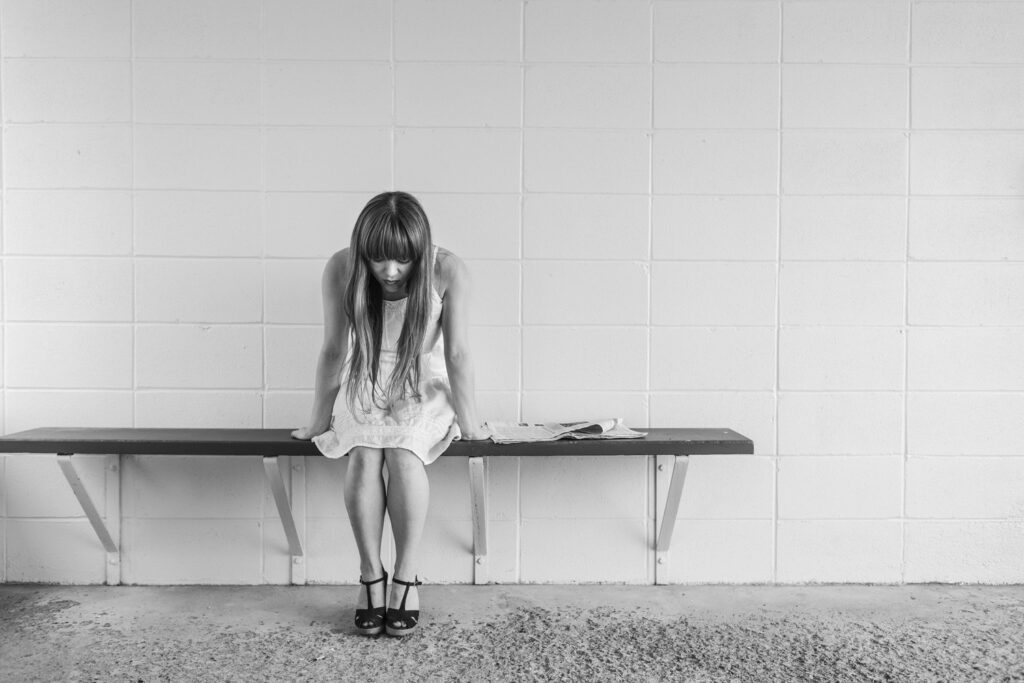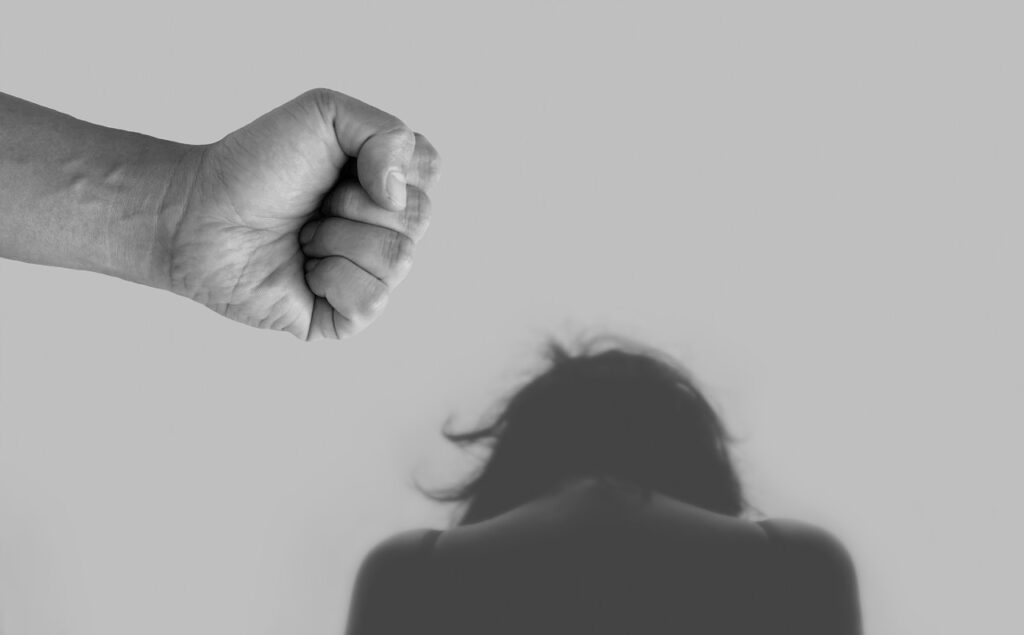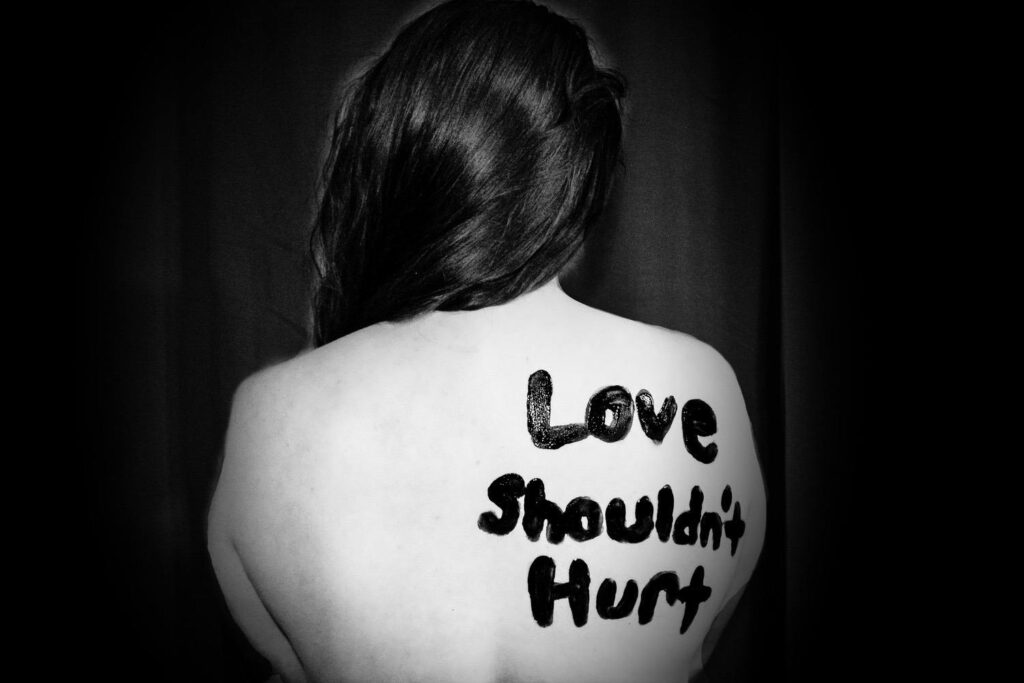The passing of R.A. 9262 or what is commonly known as the “Anti-Violence Against Women and their Children Act of 2004” shows that there has been some development to prevent cases of violence against women and their children. While the development on this matter is welcomed, the sad reality is that women all over the Philippines still continue to face the threat of violence against their person and their children. Day by day, cases of violence against women and their children continue to pile up.
One must think, what happens to the VAWC Victim-Survivors after the act of violence was committed? Do they just move on and proceed to go back living their normal lives? It does not stop there. Violence against women may have long-term effects on the overall physical, emotional, and mental well-being of the victims. This effect does not only pertain to the health of the VAWC Victim-Survivors, but it also affects other aspects of their lives. R.A. 9262 recognizes that acts of violence against women and their children have long-term effects which require intervention in different forms.
What are the health programs and services that a VAWC Victim-Survivor may avail of?
To address the immediate needs and concerns of the VAWC Victim-Survivor, the law provides access to several health programs and services to address the possible side effects on the physical and mental health of the VAWC Victim-Survivor. This also helps in preventing the possible worsening of the effects of violence against women and their children.
Section 40 of the Implementing Rules and Regulation (“IRR”) of R.A. 9262 made available to VAWC Victim-Survivor the following services:
Section 40. Medical Assistance. The following health programs and services shall immediately be provided through a socialized scheme by the Women and Children Protection Unit (WCPU) in DOH-retained hospitals or in coordination with LGUs or other government health facilities:
a) Complete physical and mental examinations;
b) Medical/Surgical treatment;
c) Psychological and psychiatric evaluation and treatment;
d) Hospital confinement when necessary;
e) Referral to specialty hospital and other concerned agency as needed;
f) Manage the reproductive health concerns of victim-survivors of VAWC; and
g) If necessary, contact the DSWD or social worker of the LGU for emergency assistance to the woman and her child/children, or the police women and children concerns protection desk officer.
What are the other services that a VAWC Victim-Survivor may avail of?
Medical services are not the only services that a VAWC Victim-Survivor may avail of. There are also programs that are developed to help VAWC Victim-Survivor to recover in other aspects of their lives.
Section 39 of the IRR of R.A. 9262 enumerated the mandatory services and entitlements for VAWC Victim-Survivors, to wit:
Section 39. Mandatory Services and Entitlements for VAWC Victim-Survivors. The following programs, benefits and appropriate services shall be available to victim-survivors and their children in order to facilitate their healing, recovery and social reintegration:
The DSWD and the LGUs shall:
a) Provide emergency shelter, psycho-social counseling and other rehabilitation services to victim-survivors of VAWC;
b) Ensure that service providers in institutions/centers for women and children are gender sensitive and uphold the rights of women and children;
c) Make available relevant skills training and other livelihood development services to victim-survivors of violence against women;
d) Ensure the successful social reintegration and after-care of victim-survivors and their children; and
e) Continue to develop relevant programs and strategies to ensure protection, healing, recovery and social reintegration and address emerging needs and concerns of victim-survivors of violence.
Interestingly, these services and entitlements mandated by law do not only seek to provide a band-aid solution to the possible negative effects of the acts of violence. It recognizes the negative economic, mental, and social effects arising from acts of violence. These programs and services are designed to help women to get back on their feet and help them recover socially and economically.
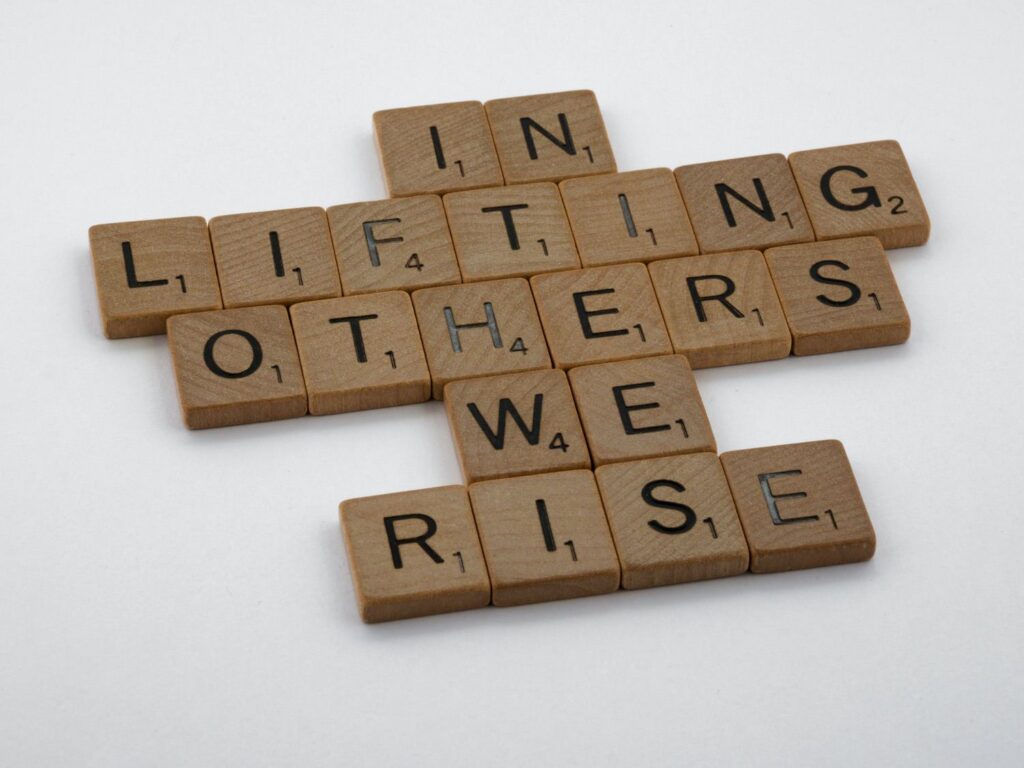
What are the counseling and treatment programs that an offender should undergo?
Under the IRR of R.A. 9262, even the offender themselves are entitled to undergo a rehabilitation program. It appears that the law aims to implement a holistic approach to preventing cases of violence against women and their children.
Section 41 of the IRR of R.A. 9262 mandates the development of programs for the benefit of the offenders, to wit:
Section 41. Counseling and Treatment of Offenders. The DSWD in partnership with non-government organizations (NGOs) and LGUs shall ensure effective psychosocial rehabilitation of perpetrator of VAWC, which includes but not limited to the following:
a) Development of policies and procedures relative to the delivery of rehabilitation services to offenders/perpetrators of violence, ensuring its effectiveness and efficiency;
b) Provision of appropriate training to City/Municipal Social Workers and other service providers who are implementing rehabilitative/treatment programs for offenders/perpetrators; and
c) Establishment of system of accreditation of counselors and rehabilitation programs in coordination with concerned institutions and the academe for regulatory purposes.
When necessary, the offender/perpetrator shall be ordered by the Court to submit to psychiatric treatment or confinement. Specifically, offenders/perpetrators who were issued protection orders by the Barangay or the courts shall be subjected to mandatory rehabilitative counseling and treatment.
Why develop programs for these offenders though? Even the most undeserving deserve to be treated like humans and have the opportunity to reform. The programs will hopefully help them reform and resolve any issues.

The Power of Community
The intervention provided by law is for the individual. However, the law also acknowledges that the fight on recovering from any form of violence against women and their children includes the community. This community intervention may take the form of a group education that aims to promote awareness of the rights and recourse of VAWC Victim-Survivors.
Community intervention may likewise take the form of other people making themselves readily available should their help be needed in fighting for the rights of VAWC Victim-Survivor. It is comforting to know that women and even non-women nowadays are empowered to fight not only for themselves but also for other women who continues to be a victim of violence.
AJA Law is one with the community in its fight to end violence against women and their children. True to its commitment, AJA Law will continue and will never get tired of informing women of their rights under the law. We are all in this together. Be one with us. Our collective actions will eventually result in a greater good.
Prepared by CJ Sabile.
